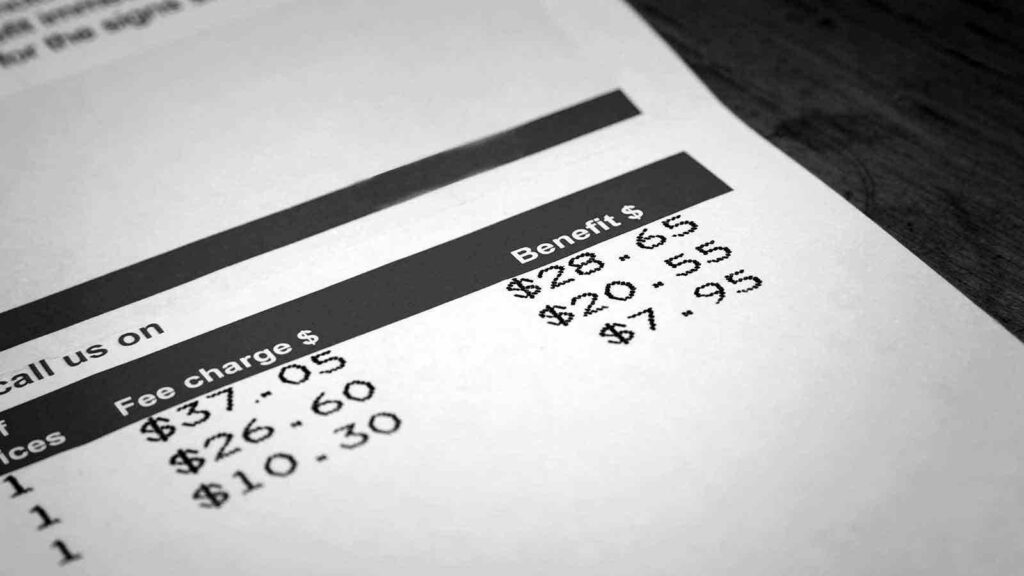Our Biggest Health Insurance Concern Isn’t What You Think | MedPage Today

Only 8.3% of Americans were uninsured in 2021, a more-than 37% drop from 2013 (13.4%) — the year before the marketplace and Medicaid expansion created by the Affordable Care Act began. So why are nearly half of working age adults (46%) still skipping care or medications? Being uninsured is no longer our biggest problem, being underinsured is — when you have insurance, but the out-of-pocket costs are still so high that you can’t afford to use it.
What Has Been Done to Address This?
President Biden and his administration have made significant strides in improving the affordability of health insurance and healthcare for millions of Americans in his first 2 years. The American Rescue Plan Act of 2021 increased premium subsidies for buying health insurance through HealthCare.gov and state-based marketplaces through the end of 2022, which the Inflation Reduction Act (IRA) passed earlier this year extended until the end of 2025. The IRA also included a cap on insulin costs at $35 per month for those on Medicare starting next year, an annual cap of $2,000 out-of-pocket on all prescriptions starting in 2025, and introduced a framework for the program to negotiate drug prices — opposed by the pharmaceutical industry, but popular among Americans.
An amendment offered by Sen. Raphael Warnock (D-Ga.) to cap insulin costs in all commercial health insurance plans, including employer-sponsored health insurance and marketplace plans, was stripped from the bill, but reflected how far the conversation has come. During the last presidential election cycle, now Secretary of Transportation Pete Buttigieg pushed for monthly caps on seniors’ prescription costs.
These proposals reflect the larger realities that healthcare is increasingly unaffordable, even for those with “good” insurance — a majority of households below 400% of the federal poverty level can’t afford their deductibles.
What Are Potential Solutions?
While health savings accounts (HSA) are often pointed to as an option to improve healthcare affordability, the reality is that they aren’t — they primarily serve as a tax shelter for already well-off Americans. Although their use has increased over the years, we found considerable disparities by race, ethnicity, and income in participation in HSAs — that mirror those in uninsurance and difficulty affording care — so they aren’t a systemic solution to this problem.
Two years ago, my colleagues and I started to think through the pros and cons of an alternative solution to underinsurance: monthly caps. Monthly out-of-pocket healthcare cost caps could potentially simplify our more complex current approach to cost-sharing, which typically starts with a deductible and then a period of co-insurance before hitting an out-of-pocket maximum based around a calendar year. Instead, monthly caps would give patients a smaller monthly deductible, after which every cost would be covered in full. We could still leave in place exemptions from cost-sharing, such as for preventive care, and co-pays for doctor visits, only changing how often and how much people are obligated to pay upfront before getting help from their plan. About a third of American families can’t afford a $400 unexpected expense so the trend of higher and higher deductibles is just outpacing what they can cover.
Monthly caps would smooth out expenses for those with chronic conditions, leaving some out-of-pocket costs every month but would prevent a huge upfront cost every year. And for people who are young and healthy, this alternative design would still help whenever they do go for care, in the case that they need a few tests or an MRI that can run in the thousands. Additionally, if deductibles were to reset monthly, people wouldn’t have to worry about losing their progress if they change jobs mid-year.
We took this a step further, publishing a study recently in JAMA Network Open, putting the idea to real-world data from health insurance claims. We found that a hypothetical $500 monthly cap on out-of-pocket costs for in-network care reduced costs for nearly a quarter (24.1%) of those commercially insured in the U.S., reducing the median out-of-pocket costs for that group by nearly half (-45.5%) over a calendar year. The benefits were even greater with a $250 monthly cap on in-network care, where 36.8% of enrollees benefit and median annual out-of-pocket costs fell by over half (-50.8%) among those benefitting. The cost decreases were even greater for those enrolled in high deductible health plans.
Of course, the money has to come from somewhere. With the costs shifted back to plans, we projected that premiums would have to rise by 5.6% for the $500 monthly cap and 7.9% for the $250 monthly cap. This isn’t nothing, but it is helped by the fact that most Americans don’t pay the full premium cost of their insurance alone — usually an employer is picking up most of the tab or people get financial help in the marketplace. A key point is that our study assumes that people won’t start using a lot more care just because of the monthly cap, which feels reasonable because there is only so much care you can use in a month before the cap would reset.
What Are the Limitations of Monthly Caps?
Any policies, including monthly caps on insulin or out-of-pocket costs, that only address how much patients pay won’t solve the more systemic problem of rising healthcare costs. In the often-quoted words of the late economist Uwe Reinhardt, “It’s the prices, stupid.” It also won’t solve the problem of uninsurance, with millions still lacking any coverage — and slated to rise dramatically with the looming end of the COVID-19 public health emergency, now pushed to early next year.
Of course, we also don’t know exactly what monthly caps on out-of-pocket costs look like in practice. No one has actually tried them at a large scale before. The insulin cap in Medicare won’t start until next year, but we will learn about how patients respond to it and how rates of diabetic complications change as a result. On a broader scale, getting commercial insurers to shift away from an annual model of cost-sharing, basically used since health insurance began in the U.S., would not be a trivial effort.
Our hope is that an employer or insurer would be willing to pilot this model, see how patients respond to it, and then consider making it available as an option in their plan offerings. Who knows, perhaps they will even end up being the insurer to actually ensure patients can seek out care when they need it.
Paul Shafer, PhD, is an assistant professor in the Department of Health Law, Policy, and Management at Boston University.
Research for this piece was supported by Arnold Ventures. Shafer has received research funding during the past 12 months from the Robert Wood Johnson Foundation, Commonwealth Fund, Arnold Ventures, and Renova Health. He is also an investigator at the VA Boston Healthcare System under contract with the Boston University School of Public Health.
This content was originally published here.




Responses